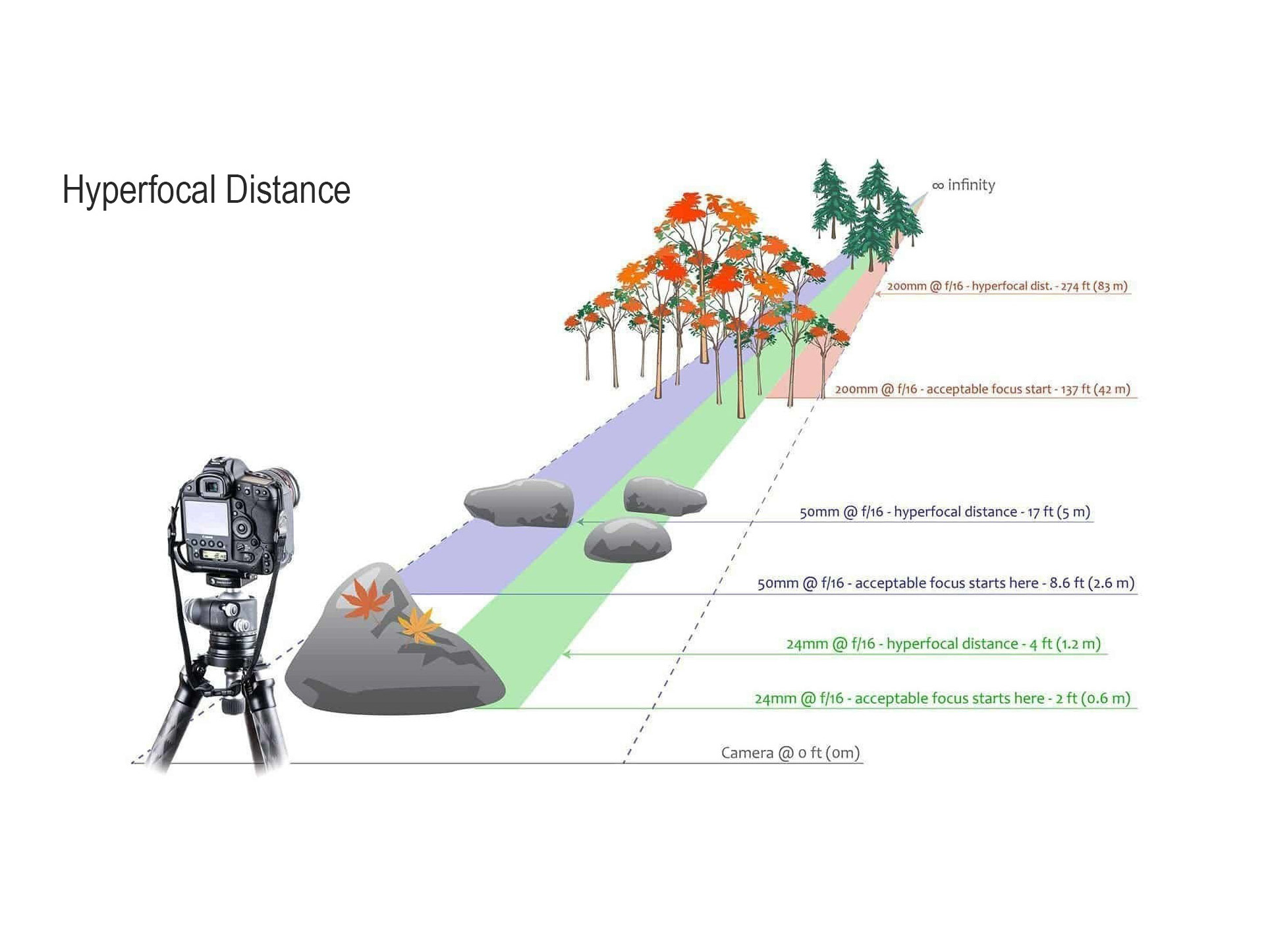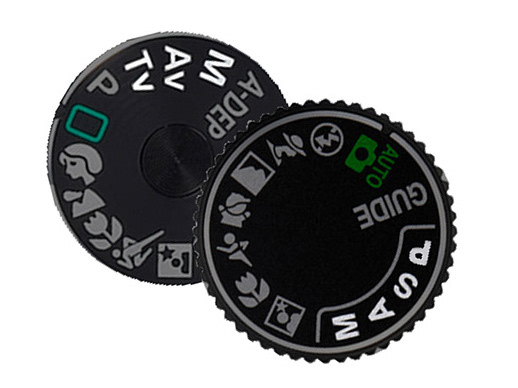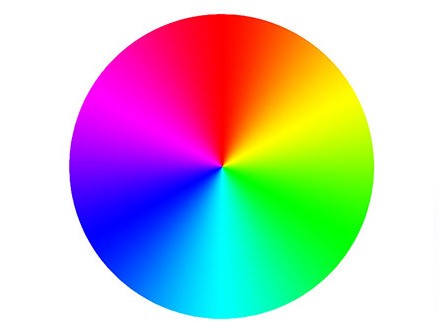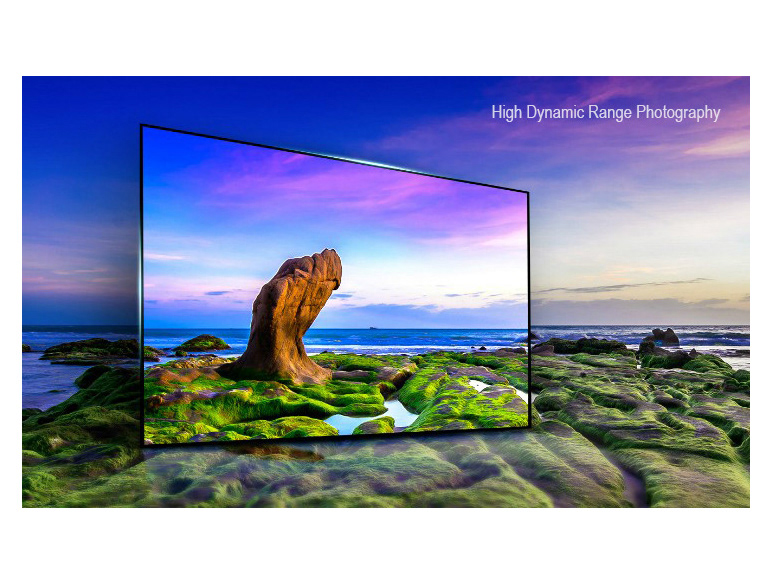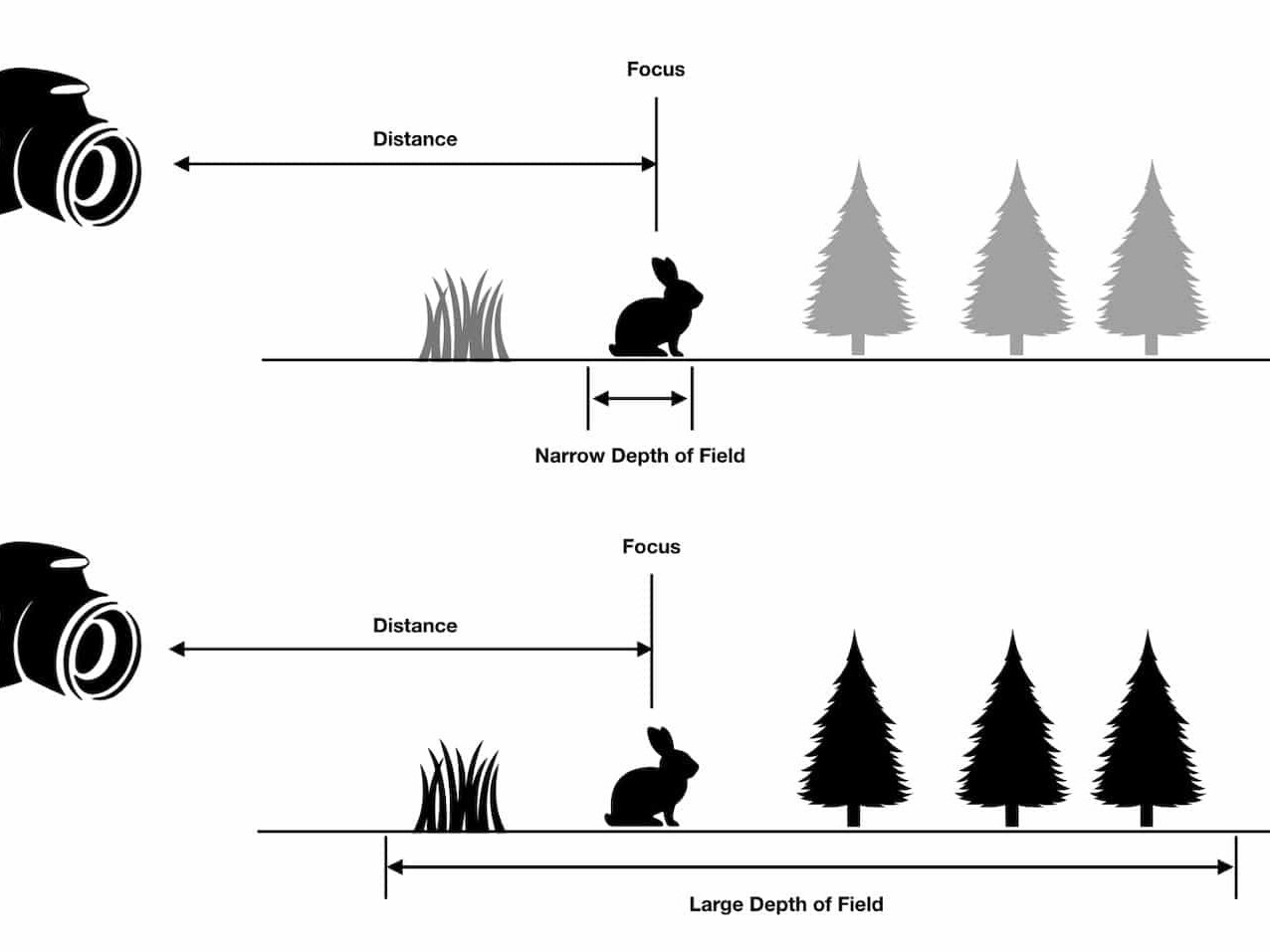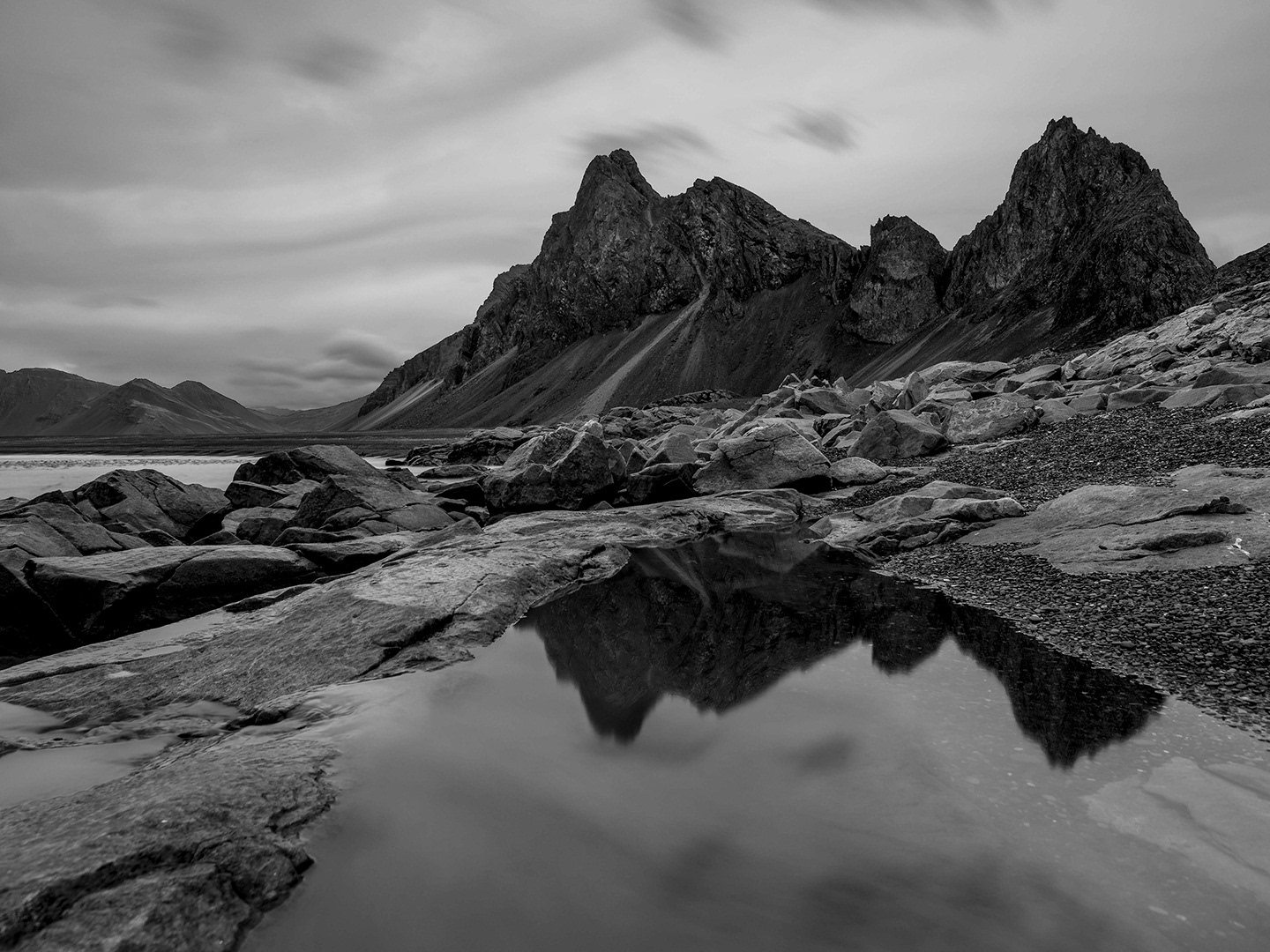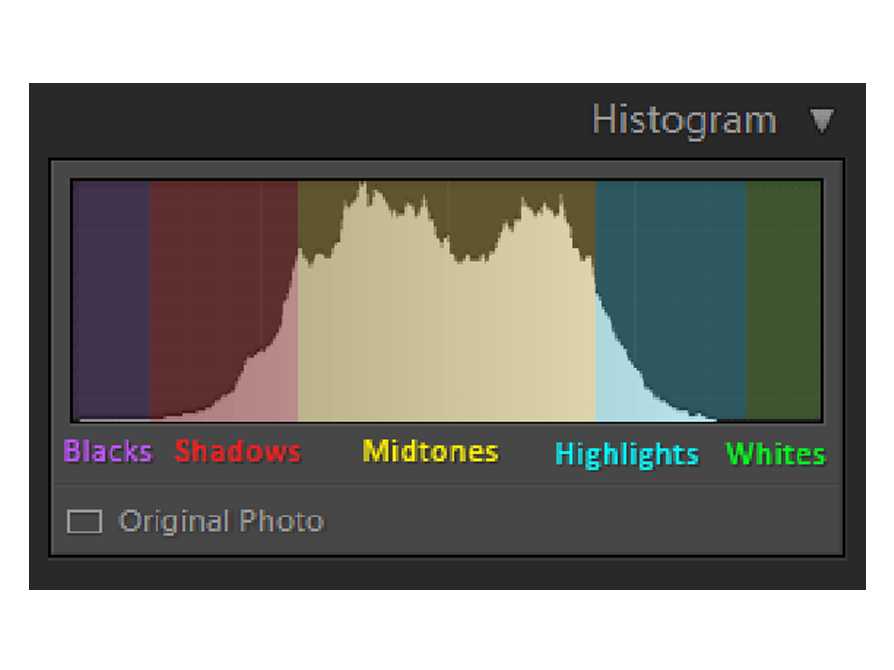Choosing a tripod can be an overwhelming experience, given how many different types and choices we are presented with. On one hand, a tripod is a very simple tool to keep our cameras steady when we use them in challenging light conditions. On the other hand, there are so many different variables that come into play when choosing a tripod: How tall should it be? How light should it be? How stable should it be? What kind of weight can it support? How much should I spend on a tripod? These are just some of the questions that might come up as you look into buying a new tripod.
1. Why Do You Need a Tripod?
So, what is the purpose of a tripod? You might need a tripod for some or all of the following reasons:
1 - To increase sharpness and depth of field in your images by keeping the camera still in low-light environments when using slow shutter speeds.
2 - To rest heavy camera gear such as long telephoto lenses on the tripod.
3 - To increase the quality of the images by keeping the camera ISO low.
4 - To allow more careful composition, while framing the shot exactly how you want it.
5 - To shoot HDR and panoramic shots that require exactly the same framing and precision.
6 - To photograph nighttime objects such as the Moon, planets, stars, etc. as well as painting with light or using available light for landscape and architectural photography.
7 - To do self-portraits with a camera timer.
8 - To shoot extreme close-ups/macro (flowers, insects, etc).
9 - To hold various objects such as flashes, reflectors, etc.
10 - To shoot at difficult or impossible (hand-held) angles.
11 - To shoot vibration-free videos.
12 - To defend yourself :)
I personally use a tripod for one main reason – landscape photography. Shooting sunrises and sunsets can be quite challenging, especially when the light conditions are far from ideal. Thanks to image stabilized lenses and now cameras with excellent built-in image stabilization, the use of a tripod for most types of photography is not necessary when shooting in daylight conditions. However, some photographers still prefer to use a tripod, as it allows them to keep the camera ISO as low as possible, which not only keeps the amount of noise in images to a minimum, but also provides the highest dynamic range the camera sensor can capture. In addition, a tripod can help in proper framing of a subject and allow to capture panoramic and HDR images. Lastly, there are situations where one must use a tripod in order to slow down and blur action, such as when photographing streams and waterfalls as shown in the image below. Therefore, if you are into landscape photography, a good tripod is a must-have tool in the field.
Occasionally, I might use a tripod for wildlife photography (specifically birds), but not during long hikes, due to inconvenience and weight factors.
2. Tripod Components – What is a Tripod System?
A tripod system is generally comprised of the following parts:
1 - Legs – the obvious. Tripod legs are typically made of aluminum, basalt, steel or carbon fiber.
2 - Head – the part that holds a digital camera or a lens. There are many different types of heads, but the most popular types are ball-heads and pan-tilt heads.
3 - Centerpost/Center Column – a separate leg that runs through the middle, allowing to further raise the tripod head.
4 - Feet – good tripods allow changing tripod feet at the end of the legs for indoor and outdoor use.
The cheapest tripods have legs with an integrated non-replaceable head and feet and sometimes have a centerpost, while the top-of-the-line tripods have a modular tripod system that have replaceable feet and allow attaching a separate tripod head (the head is typically not included).
3. Disadvantages of Using a Tripod
Tripods are nice and can give you many options to get the highest quality image. However, there are also some disadvantages of using tripods, specifically:
1 - They are potentially heavy. Although there are lightweight carbon-fiber tripods out there, once you add a tripod head, the setup can become heavy.
2 - They are inconvenient. No matter how small and collapsible a tripod is, it still occupies space and is often inconvenient to carry around or travel with.
3 - They are difficult to use in crowded environments.
4 - They can be expensive. Good tripod systems can cost over $1,000.
5 - They can take time to set up, making you miss the best moment.
6 - You can easily damage your camera and lens if you do not know how to properly operate a tripod, or if the tripod system is cheap and unstable.
4. Factors to Consider When Choosing a Tripod
You started your tripod shopping spree and have no idea where to start. What factors do you need to consider when purchasing a tripod? As I have pointed out above, purchasing a tripod can be an overwhelming experience, given how many different choices we are presented with from small and compact, to large and heavy. Let’s go through each factor and identify your needs:
4.1. Weight Rating
The first thing I would look at is how much weight a tripod can support. Many photographers make the mistake of buying a tripod that can only support a few pounds and is not made for heavy camera equipment. What ends up happening is the obvious – at one point or another the whole thing collapses, destroying the camera and the lens. Always make sure that the tripod you want to buy can support at least 1.5 times more than the total weight of your camera and your heaviest lens. I say at least, because I prefer to keep it at around 2x more. Do not forget that you will at times apply pressure on your camera and sometimes even rest your hands on the setup if you are shooting with long lenses, which adds to the weight. You might also add a flash or a battery grip to your camera in the future, or potentially shoot with something heavier, so you have to keep all of that in mind.
4.2. Tripod Height
I always recommend buying a tripod that matches your height, so that you do not have to bend to look into the viewfinder. Once you put your camera on a tripod, the viewfinder should be at your eye level. It is OK if it goes higher than your eye level, because you can always adjust the legs to be shorter. However, if it is much below your eye level, you will find yourself bending all the time, which can be a tiring experience, especially when you are waiting for some kind of action and need to constantly look through the viewfinder.
If you are buying a tripod with an attached head, you want the tip of the head to be on your jaw level. If you are buying a modular tripod with a separate head, make sure that the legs end approximately on your shoulder level.
Another factor to consider is tripod height when it is folded for easier travel. Do you need it to fit in your carry-on luggage? Mine barely does diagonally, with feet removed, and I take it with me everywhere I go.
4.3. Tripod Weight and Construction
Weight is a significant factor when choosing a tripod. You do not want your tripod to be too heavy, because you will find yourself leaving it at home, rather than taking it with you on the road. The lightest tripods are made of carbon-fiber material, which is extremely durable, stable and does not rust. While carbon-fiber is the best material for a tripod, it unfortunately comes at a high price tag.
The next best construction material is aluminum, which is heavier than carbon fiber. Most cheaper tripods are made of aluminum today. You can also find tripods made of stainless steel, but those are generally used for video equipment and are too heavy for regular use.
In terms of total weight, try to keep the tripod legs without the head under 5 pounds. Generally, carbon fiber legs are between 3 and 4 pounds (but can be lighter or heavier depending on what they are made for), while aluminum legs can be between 5 and 6 pounds and heavier, depending on the size and how much weight they can support. Basalt lava legs are somewhere in-between both in terms of weight and cost.
4.4. Tripod Legs
Tripod legs generally come in two forms – tubular and non-tubular. All carbon-fiber legs come in tubular form and have a threaded twist-lock system to secure the legs, while aluminum, basalt and steel tripods might come in different shapes with a flip-lock. Depending on the maximum height of the tripod, there might be between 3 and 5 sections on tripod legs. The more sections, the higher the tripod and generally a little less stable.
4.5. Tripod Feet
Some advanced tripods will allow you to replace tripod feet for different conditions and situations – they just unscrew on the bottom of the tripod legs. There are different types of tripod feet for indoors (rubber or plastic) and outdoors use (metal spikes). Unless you are planning to shoot in icy, rainy/slippery conditions, the standard rubber feet that come with your tripod should work just fine.
4.6. Centerpost
Some tripods come with a centerpost – a single leg in the middle of the tripod that allows you to increase or decrease the height of the camera by simply moving the centerpost in upward or downward direction. Although some photographers find it convenient and nice to have, I strongly advice against having a centerpost on a tripod. A centerpost defeats the whole purpose of a tripod – it is essentially the same thing as having a monopod on top of a tripod. It might not be as pronounced if you are only shooting with a wide-angle lens, but once you set up a long telephoto lens, you will quickly understand that using a centerpost will cause too much vibration. If you still want to get a centerpost for whatever reason, make sure that it can fully decline to the same level as where the tripod legs meet. The centerpost should never wobble at its lowest level.
4.7. Tripod Head
A tripod head is the most essential part of the tripod system. It is responsible for securely holding camera equipment and controlling camera movement. A modular tripod system does not come with a head and you have to buy it separately. When choosing a tripod head, always make sure that it can support at least the same amount of weight your tripod legs can.
There are three types of heads commonly available:
1 - Pan-Tilt Head – either with a single handle for horizontal movement or dual handles for both horizontal and vertical movement. This is the most common type of head that is typically built into cheaper tripods.
2 - Ball-Head – compared to pan-tilt heads, ball-heads only have one control that loosens or tightens the grip. They are very flexible and allow very smooth operation while keeping the camera/lens securely tightened.
3 - Gimbal Head – a specialized head for long and heavy 300mm+ lenses. Compared to pan-tilt heads and ball-heads, gimbal heads perfectly balance the camera and heavy lens and are best suited for fast-action photography. They are extremely easy to use in any direction and do not require tightening the head every time the camera/lens moves.
I started out with a pan-tilt head and eventually switched over to a ball-head with a quick-release system (see next), due to flexibility and easiness of use.
4.8. Quick-Release System
Every modern camera comes with a thread on its bottom that allows you to attach it to a tripod or a monopod (heavy lenses also come with a similar thread on the tripod collar). This threaded system makes it extremely inconvenient to attach cameras and lenses on tripods, because you have to either rotate the camera or the tripod to attach them together. To make it easier and more convenient for photographers, manufacturers came up with a great solution – to attach a small removable plate on the camera or lens, which then can be tightly secured on the tripod head.
Cheaper tripods come with a simple plastic plate that can be attached on any camera or lens, while some of the more expensive tripod heads come with a more durable plate. The best quick-release system, however, is the Arca-Swiss Quick Release System. It has more or less become a standard among manufacturers and it has proven to be a very effective solution for quick and easy operation. Compared to plastic plates, the Arca-Swiss Quick Release System is made of very strong aluminum and allows attaching the camera/lens on a tripod without the need to rotate anything. A quick-release plate is permanently attached to a camera or lens, which then easily slides into a quick-release clamp (pictured below). The locking mechanism is simple, yet super tight for a vibration-free operation.
The beauty of this system is that some manufacturers like Leofoto offer not only plates for almost any camera and lens, but also replacement lens tripod collars, flash brackets, L-brackets and other accessories for the Arca-Swiss Quick Release System. The only downside of the Arca-Swiss Quick Release System is that it is not cheap – you also have to purchase separate plates for each camera and lens.
4.9. Stability
A heavy tripod does not always mean that it is stable. There are plenty of tripod systems out there that are heavy and durable, yet lack the much-needed stability when used in various weather conditions. When a tripod is fully set up, it has to withstand not only wind, but also occasional bumps and knocks that might happen in the field. You always need to make sure that your camera and lens balance on a tripod rather than lean towards one direction, because you might end up damaging your equipment if the head is not fully tightened or if the front outweighs the back and everything falls on the ground.

